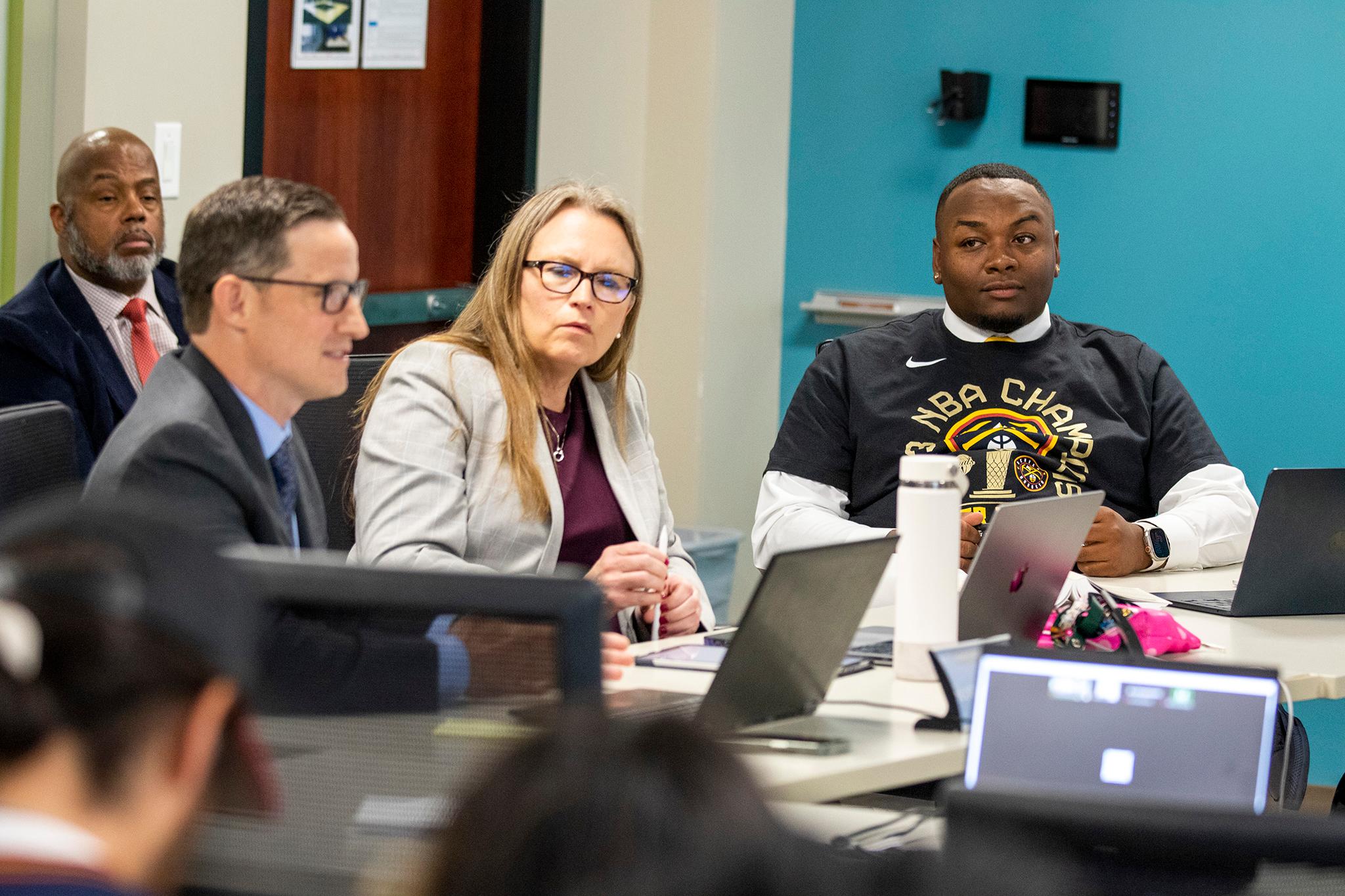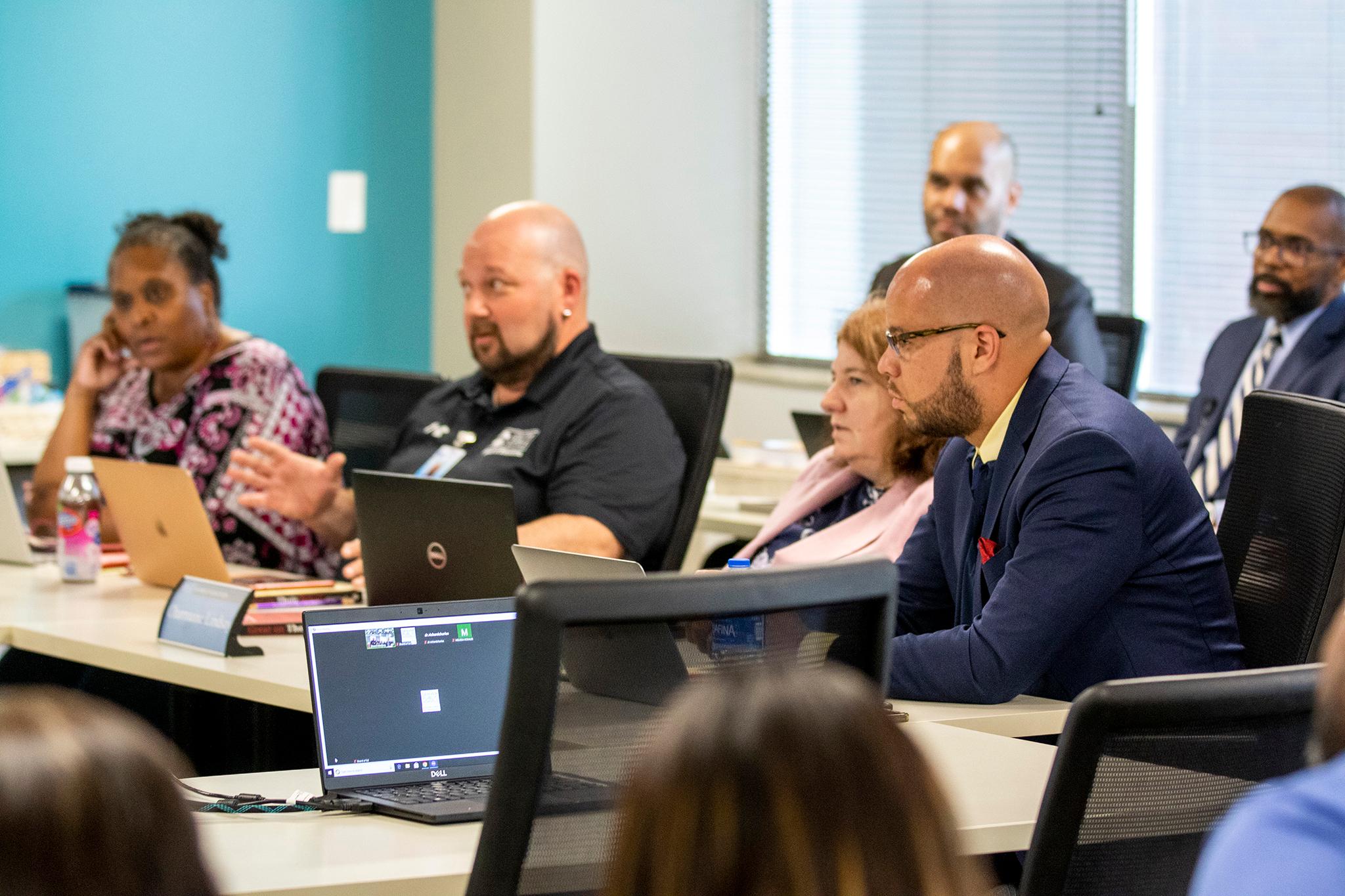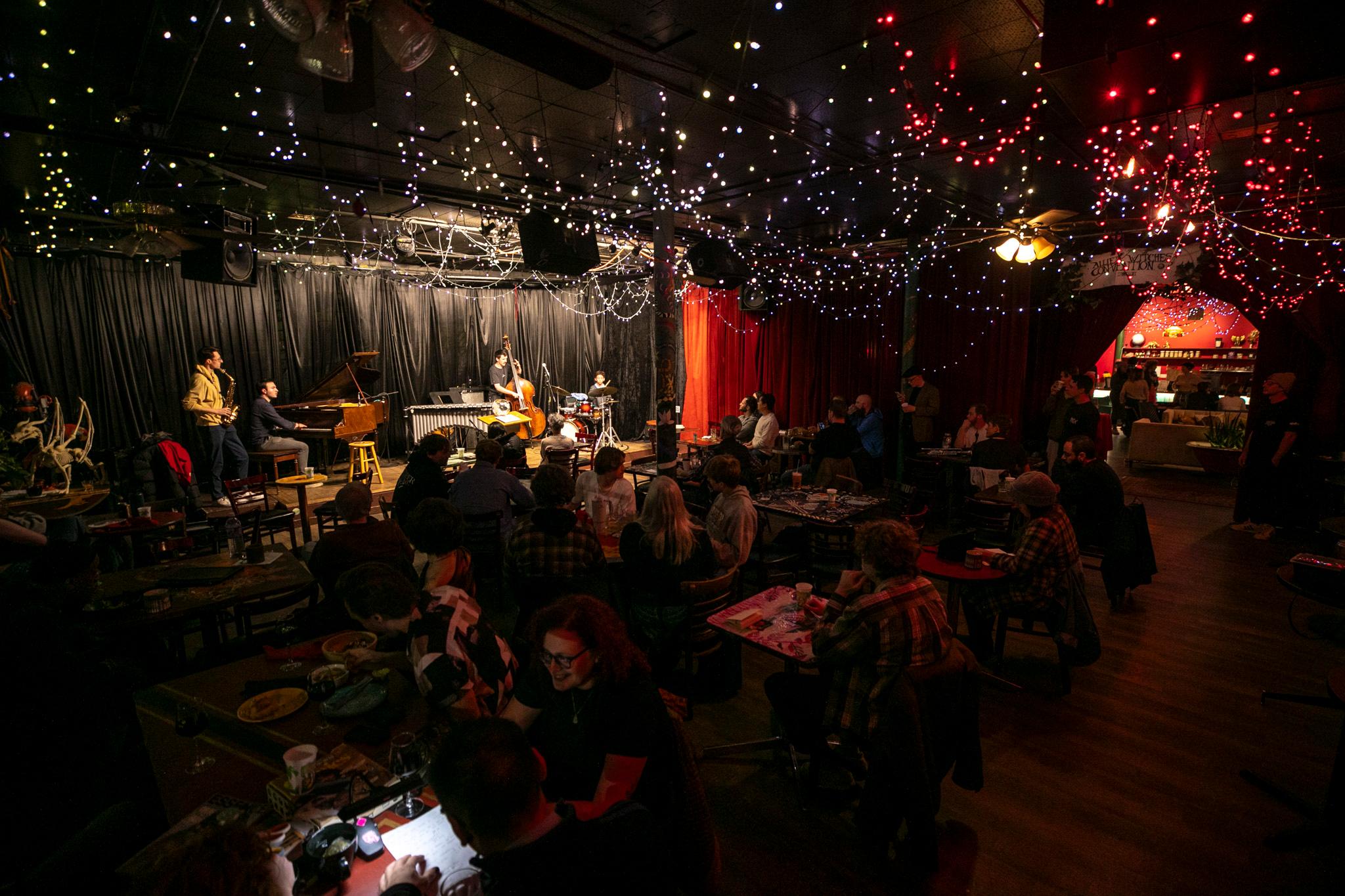Police officers will be allowed to return to Denver Public Schools following a vote by the Denver School Board to overturn a 2020 policy that barred police over concerns about racial profiling and injustice.
The board decided to temporarily return Student Resource Officers (SROs) to DPS high schools in March following calls for safety after a student shot two administrators inside East High School.
The new policy was brought by board member Scott Baldermann, who voted in favor along with Board President Xóchitl Gaytán and Board members Carrie Olson and Charmaine Lindsay. Vice President Auon'tai M. Anderson and Board members Scott Esserman and Michelle Quattlebaum voted against the policy.
The policy change allows DPS Superintendent Alex Marrero to decide where and when police would be stationed at schools
Marrero will work with Denver Police Department (DPD) on needs for a "persistent presence" of SROs at Denver schools. The superintendent would have discretion to remove officers who do not follow local policies and national best practices. The policy also requires DPD to monitor citations and arrests and provide a quarterly report to the board, and "promptly take corrective action" if a disproportionate amount of citations go to students of marginalized identities.
The original version of the policy would have explicitly prohibited SRO involvement in discipline school officials can handle. It also would have required SROs to get national certifications for the role, reflect school communities and require officers assigned to specifically want to work with students. Those requirements were taken out in an amendment brought by Esserman and voted on by Esserman, Anderson, Quattlebaum and Olson.
The new policy could shape DPS' new safety plan, a document drafted by Marrero after the March shooting. A first draft of the plan would have let principals decide whether or not to allow police in their schools, but a second draft sent that decision to the School Board.
Now, the board has made its decision to allow police back in schools. Until Marrero finalizes his plan by June 30, it is unclear which schools exactly will have SROs and what that relationship will exactly look like.

The vote came at the end of a lengthy meeting, which Anderson called a "school board filibuster."
Anderson and Esserman brought a range of amendments and motions to the policy. The final vote came after weeks of heated discussion between board members over the role of police in schools.
Baldermann cited high levels of real and fake guns brought to school, along with youth violence outside school, as the reasoning behind the policy.
"This is about deterrence, and if it stops one kid from bringing a loaded gun to school I think it's worth it," Baldermann said as the school board debated the policy.
Gaytán pointed to surveys the district conducted showing high percentages of students, including in predominantly Latino schools, wanting SROs to return. Community opinion has been mixed on the role of police in schools.
"Who am I to ignore the Latino, Mexicana, Chicano community when they are telling me overwhelmingly that the SRO issue is something that they deeply care about?" said Gaytán, the only Latina on the school board. "There is a real fear, and that sense of fear, we cannot ignore that.... I ask myself, 'What am I going to say to the next Mexicano family like Luis Garcia's family, what am I going to say to the next dean or school teacher who is harmed?'"
Garcia was a 16-year-old East student who was shot outside the school in February. He died weeks after the shooting. Last month, his parents and family publicly called for stricter security at DPS campuses.
Opponents to the policy pointed to a variety of instances where police failed to stop shootings, both at schools and in the city at large. Just this week, 10 people, including a suspected shooter, were injured when a shooting over a drug deal dispute broke out as Denverites were celebrating the Denver Nuggets in a heavily policed area. They also accused supporters of returning police of taking symbolic action, and ignoring student and community concerns about racial injustice in policing.
"I cannot participate in what would be reimplementing oppressive structures and systems," Esserman said.
Anderson, who led the push to remove SROs in 2020, said there is a lack of evidence and data showing the 2020 policy failed, and that police in schools make them safer. He called the vote a "return to the school-to-prison pipeline."
"That's taking a step backwards," he said. "I'm disappointed and that's an understatement, and I will never be able to trust any of these colleagues again when they say that they are equity focused."
The split between school board members reflects a range of opinions within the DPS community on school safety and the role of police.
In the immediate aftermath of the March shooting inside East High School, many parents waiting to pick their children called for the return of SROs and even potentially metal detectors. Paired with Garcia's shooting the month before, those calls only grew stronger.
"We want security. That's the word that I would like to just make straight and simple," Garcia's father Santos Garcia said at a press conference in May.

A DPS analysis of townhall feedback in recent months showed that community members ranked SROs and weapons detection systems as top priorities, but it also showed that families do not feel the safety plan sufficiently responded to their concerns. Marrero's original safety plan said most principals wanted SROs but wanted the board to make the decision, while more teachers did not want SROs and wanted schools to make their own decisions.
An April survey of families led by DPS showed that of those who responded, 33% of staff, 41% of students and 48% of parents wanted SROs. But the survey far overrepresented white parents and underrepresented Black and Latino parents. Latino children make up 52% of DPS students. A June survey presented by the district showed higher levels of support.
Community members opposed to the return of police point to why the school board took them out to begin with: racial disparities.
In the years before the 2020 ban on police in schools, DPD arrested and ticketed Black and Latino students at higher rates. In 2019, a safety official handcuffed a seven-year-old student, and in 2018, police pointed a gun at a teacher during a school search.
It's also not clear that police would have made schools safer on the day of the East High shooting, or in general. Plus, in recent years, the city has paid millions of dollars in settlements over police misconduct, including more than $3 million so far in 2023. Most recently, a family received $450,000 after police failed to administer first aid to a teenager who died from a gunshot wound.
The vote is a loss to Movimiento Poder, the community organization that advocated and led the movement for removing SROs back in 2020.
"Today is a really sad day for our community, for our organization, because this means criminalizing young people," said Executive Director Elsa Bañuelos-Lindsay after Thursday's vote.
The School Board chose Baldermann's proposal to allow police over one that would have significantly limited Denver police's role in DPS schools.
The alternate policy was brought by Anderson, Esserman and Quattlebaum. The plan would have worked with DPD to create Community Resource Officers (CROs), consisting of police officers assigned to regions across the district rather than inside specific schools.
That proposal would have limited officers to school grounds only when responding to physical safety threats, to address criminal conduct or when laws require police intervention. The policy called for restorative justice and caseworker staff to respond alongside police when possible, and emphasized that arresting or ticketing students should be a last-resort. It would have explicitly prohibited police from searching students without probable cause.
"In all circumstances, any law enforcement involvement within DPS schools and on DPS school grounds shall be limited in scope and duration to the greatest extent possible," the plan wrote.
Throughout debate on the vote, board members on both sides of the issue agreed that the debate is not over.
In her opposition to bringing police back to schools, Quattlebaum talked about wanting mental health co-responders to work with police -- something mentioned in the alternate proposal but not in the one that passed. She also mentioned looking into potential weapon-detection technology that could recognize weapons without police.
Olson, who voted in favor of bringing SROs back, mentioned that it's not just the school board that's split on police in schools, but DPS communities as well.
"No matter how we vote here I still don't think we've gotten to the core issue of solving it," she said. "I'm very worried that no matter how we vote today there are going to be students in our school system who think that we don't care about their safety."
This article has been updated with comments from board members, community members and additional context about the ongoing conversation about school safety.













